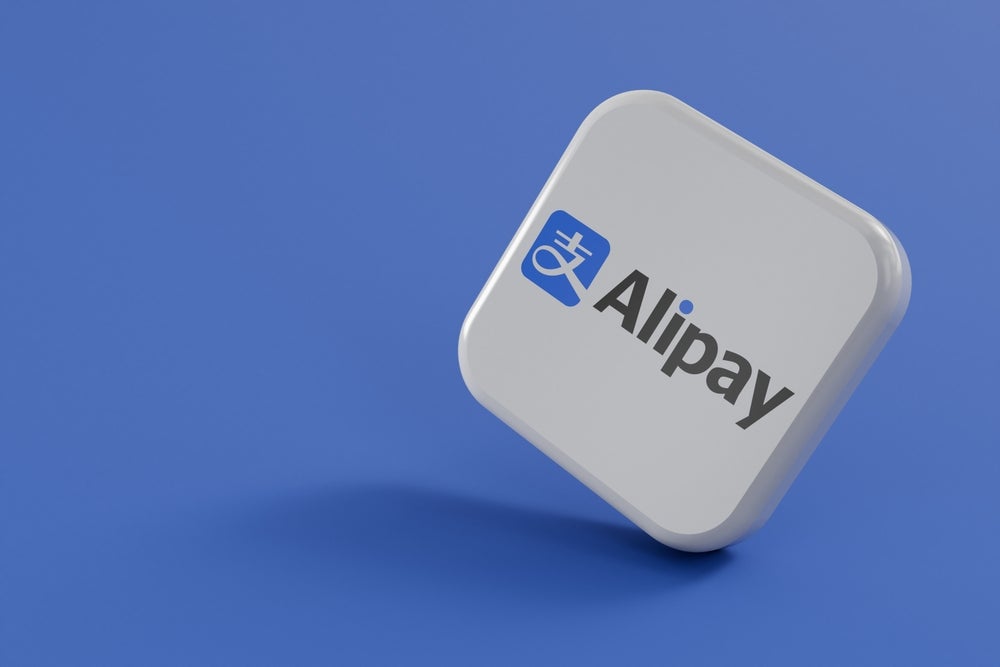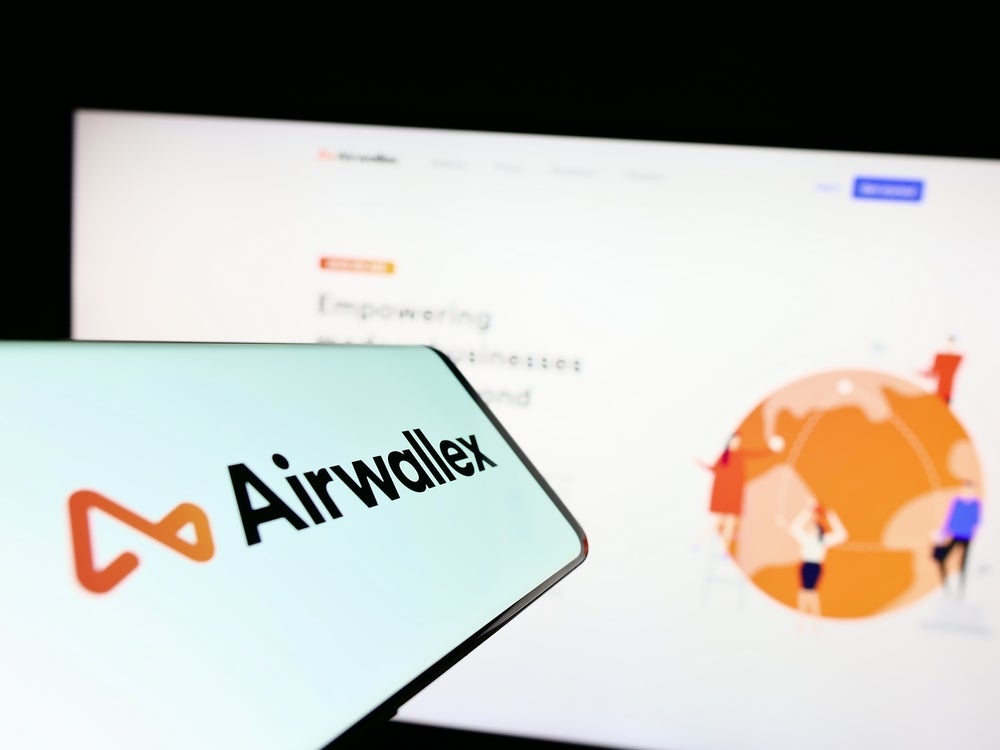In January 2008, SEPA came into
effect to standardise and facilitate low-cost cross-border credit
transfers within Europe, with cross-border eurozone direct debits
becoming available in November 2009.
However, until the establishment of
the International Payments Framework Association (IPFA), low-cost,
non-urgent payments taking place outside the eurozone have lacked a
unifying standards-setting body.
The role of SWIFT in international
payments standards has mainly been confined to high-value, urgent
payments, says Aite Group senior analyst Nancy Atkinson.
As anyone attempting to transfer
funds from one part of the world to another knows only too well,
there is a degree of uncertainty built into international
payments.
“SEPA is an attempt to provide
certainty of arrival and within a set time-frame, and at low
prices, for non-urgent international transfers within the
Eurozone,” says Atkinson. “IPFA is attempting to do the same in the
more difficult global arena.”
 “Whether you are a
“Whether you are a
migrant worker sending money home, a small business needing to make
the odd cross-border payment, or a large corporation making a lot
of payments to overseas suppliers, you need to be certain about
several issues,” Arthur Cousins, chairman of the IPFA board of
directors and a director at Standard Bank of South Africa, tells
EPI.
How well do you really know your competitors?
Access the most comprehensive Company Profiles on the market, powered by GlobalData. Save hours of research. Gain competitive edge.

Thank you!
Your download email will arrive shortly
Not ready to buy yet? Download a free sample
We are confident about the unique quality of our Company Profiles. However, we want you to make the most beneficial decision for your business, so we offer a free sample that you can download by submitting the below form
By GlobalData“Will the payment get to the right
beneficiary at the right time? Do all parties in the transaction
understand and accept the fees applied to the payment, and do they
adhere to regulatory requirements regarding cross-border
payments?”
Senders also need to know whether
their bank has arrangements with a bank in the receiving country,
so that the payment gets into the account of the beneficiary in the
most cost-effective and automated manner possible, Cousins
says.
Non-urgent
payments
IFPA was set up in February 2010 as
a not-for-profit association to administer the International
Payments Framework (IPF).
The IPF aims to provide rules,
standards, operating procedures, and guidelines to simplify global
cross-border, non-urgent credit transfers, and to enable
interoperability between domestic and regional non-urgent payments
systems and banks.
Among the IPFA’s 26 founding
members are SWIFT; PayPal; banks such as ANZ and Wells Fargo; ACHs
such as the UK’s VocaLink; clearing and settlement mechanisms;
national payment associations; and software vendors such as
Fundtech and Dovetail Systems. Current members are based in Europe,
the US, Canada, Brazil, and South Africa, but the IPFA is seeking
to expand into Australia, South America and Asia.
The IFP is compatible with existing
payment networks and international standards such as ISO 20022,
which is also the basis for SEPA.
“To ensure the highest levels of
safety and security in transmission, IPFA strongly recommends the
use of SWIFT’s network to its members for the actual message
transfers,” Cousins says.
The first live transfers using the
IPF took place between Europe and the US in October 2010, with
Mexico, Canada, South Africa and Brazil due to come on stream in
2011.
“The IPFA is now preparing for the
next currencies that its members wish to include in the framework,”
Cousins says. “These are the Brazilian Real, South African Rand,
and Australian and Canadian dollars. Other currencies will follow
and will be included based on end-client demand.”
Significance
“The IPF is a very important
initiative, particularly because it ties the U.S. to Europe, a
major corridor for cross-border payments,” says Aaron McPherson,
practice director, financial services at US-based consultancy IDC
Financial Insights.
“Its purpose is to connect ACH
networks in different countries, so that cross-border payments can
be made via ACH networks rather than by the more expensive method
of international wire transfers.
“Currently, there is no good
alternative to using wire transfers for fund transfers between the
US and Europe, so there is a big gap in the payments market
today.”
The adoption of standards will mean
banks will be able to reduce their network of correspondent banks
for cross-border payments, McPherson says. Standards will also make
it easier for member organisations to introduce services in new
countries and currencies.
“The IPF is potentially quite
significant, as it poses a threat to the correspondent banking
system for low-value transfers, which tends to be slow and
inefficient,” says Celent senior banking analyst Zilvinas Bareisis.
“I have included IPF in my list of top payments industry trends for
2011.”
“The IPFA has representatives from
all regions of the world, and, to the extent that these players
co-operate, it’s well positioned to succeed in driving certainty of
arrival within a set time-frame and at low prices for non-urgent
international transfers,” says Aite Group’s Atkinson.
Efficiency
“Banks will want to offer IPF
transfers to corporates in order to give them more efficient
services,” says Elizabeth McQuerry, assistant vice president,
Federal Reserve Retail Payments Office at the Federal Reserve Bank
of Atlanta.
“For example, I see the IPF as
being likely to significantly boost uptake of cross-border
electronic invoice presentment and payment [EIPP].”
“The IPF will help facilitate
international trading,” McPherson says. “There are forms of
international commerce that are not feasible today, due to
difficulties in making payments, which will become viable once
transfers can be made via the IPF.”
McPherson also believes the IPF
will help to give life to SEPA.
“SEPA has been slow to take off in
Europe, due to a lack of enthusiasm by banks,” he says. “Another
problem has been corporates not knowing much about SEPA.”
“Because SEPA is still limited to
cross-border Euro transfers, and domestic SEPA transfers have yet
to become mandatory, SEPA only accounts for 3% of total eurozone
payment transfers,” Bareisis says.
“Until they are forced to do so, I
don’t see domestic ACHs migrating to SEPA for in-country credit
transfers and direct debits.”
In December 2010, the EC set out a
timetable for domestic Euro credit transfers and direct debits to
be migrated to SEPA by 2012-2013. The timetable still has to be
ratified by the European Parliament.
First live
transfers
October 2010 saw the first live US
dollar, Pound sterling, and Euro transfers using IFPA rules and
standards between Minneapolis, Minnesota-based US Bank and DZ Bank,
which provides international banking services for the German
co-operative banking sector.
“The effort enables US financial
institutions to send payments in US dollars, euros and British
pounds to 22 countries across Europe, with European banks being
able to send US dollar payments to US banks or credit unions,” the
IPFA says in a statement.
The gateways for the ISO
20022-based transfers are provided by the Federal Reserve Bank
(FRB) of Atlanta and European payment processor Equens, both of
which are IFPA members.
Michael Steinbach, chairman of
Equens, is vice-chairman of the IPFA.
“The US-Europe transfer service is
now commercially available, and is being used by US Bank and DZ
Bank’s corporate clients,” says McQuerry.
“Although US Bank is a member of
IPFA, strictly speaking the service operates between the Federal
Reserve Banks and Equens, with payments being received by DZ Bank
in Germany.”
Any bank connected either directly
or indirectly to the Federal Reserve system in the US can use the
IPF service for its corporate clients, McQuerry says.
Bareisis adds that any bank in
Europe, irrespective of whether it is a client of Equens, can also
use the IPF service.
“This is because individual
domestic and cross-border ACHs in Europe as well as European
payment processors all have bilateral relationships, so they can
inter-connect their clients,” he says.
“FRB Atlanta and Equens are using
SWIFT’s network for the transfers,” McQuerry says. “We don’t send
actual SWIFT messages, but instead do batched file transfers, where
the payments are aggregated to get a better rate.”

Extended reach
“The IPF allows smaller banks to
extend their global reach and compete with larger banks that have
an extensive network of correspondent banking relationships,’ says
Barry Tooker, senior vice president at UK-based corporate payments
software vendor Dovetail.
“By using a common set of rules and
procedures, IPFA members can provide their customers with fast
service without having to map their payment to each country’s
domestic format.”
“There has been a lot of interest
in the IPF,” McQuerry says. “Now that we have proved that the IPF
works for US-Europe transfers, people are requesting
information.”
An important aspect of the IFPA’s
rules is the maximum and minimum timeframe stipulated for payments,
McQuerry says.
“This means that senders can be
confident about the fact that there will not be delays,” she says.
“This introduces certainty into international transfers, which is
not something you can be sure of with correspondent banking
transfers.”
Cincinnati, Ohio-based Fifth Third
Bank is a US regional bank, which joined the IPFA as a phase II
founding member.
“We saw a potential benefit to
provide the IPF service to our customers and to be involved at the
very onset of the development of the framework,” says Peter Mack,
Fifth Third’s director of international banking and an IPFA board
member.
“As companies continue to look for
more efficient and lower-cost methods of moving funds on a
cross-border basis, the IPF represents a method that will work for
these companies. Having this capability will allow Fifth Third to
be competitive in the cross-border space.”
Given that the IPFA went live in
late October 2010 with its US-Europe link, the volumes being
transferred so far are very small, Mack says.
“But as new countries and new
members are added to the framework, I expect to see a steady
increase in volumes,” he notes.
McPherson thinks most banks need
more time to adopt standards initiatives like SEPA and the IPF.
“The problem with the IPF is common
to any new platform or initiative,” he says. “The banks have got to
adopt it, they have to implement it, and then they have to sell it
to their corporate customers. And, of course, they don’t have a
stellar track record in that regard. For example, in Europe banks
have been reluctant to upgrade to SEPA.”
Competition
Celent’s Bareisis points out that
the IPF is not the only alternative to expensive international wire
transfers.
“IPFA competes with a number of
non-bank companies that already offer low-cost non-urgent transfers
such as the UK’s Earthport, Travelex, Custom House, and Canada’s
hyperWALLET Systems,” he says.
For example, Earthport and
hyperWALLET have both established international networks of
accounts at correspondent banks around the world, which enable them
to offer low-cost transfers to corporate clients.
Instead of initiating SWIFT
transfers, Earthport and hyperWALLET’s clients send them payment
transaction files. Earthport and hyperWALLET then move funds from
their local accounts in individual countries to their clients’
local accounts in those countries, netting off their overall
end-of-day balances.
“HyperWALLET has already ‘solved’
the problem of low-value cross-border payments to over 40 countries
for itself and for its customers by creating a uniform platform
that easily plugs into any number of different banking and
settlement systems,” says Gina Knight, hyperWALLET’s director of
treasury.
“We map data from our system to
formats supported by financial institutions and in-country clearing
and settlement systems around the world. We are flexible in that we
can map to virtually any format.”
Knight argues that the expansion of
the hyperWALLET platform’s reach is not dependent on the speed or
success of international standardization efforts such as the IPFA
or on any particular financial institution’s preferred format.
“The IPF format is just one of many
different formats that hyperWALLET can use to effect non-urgent
cross-border transfers,” she adds.
In addition, a number of
international banks, such as JP Morgan Chase, offer cross-border
multi-currency payment services.
In November 2010, JP Morgan Chase’s
Treasury Services business launched a service enabling US and
Canadian firms to make global ACH payments from one account,
instead of initiating payments from multiple in-country bank
accounts and paying numerous wire transfer fees.
The service is intended for firms
which need to make a large number of non-urgent cross-country
payments. But a company can also use the service to make a single
payment to an overseas vendor.
As an example, one JP Morgan client is using the service to make
its payroll payments from one central account, even though its
employees are dispersed globally. As a result, the client was able
to close numerous in-country bank accounts and cut costs associated
with multiple wire fees and managing and reconciling these
accounts, JP Morgan Treasury Services says.







